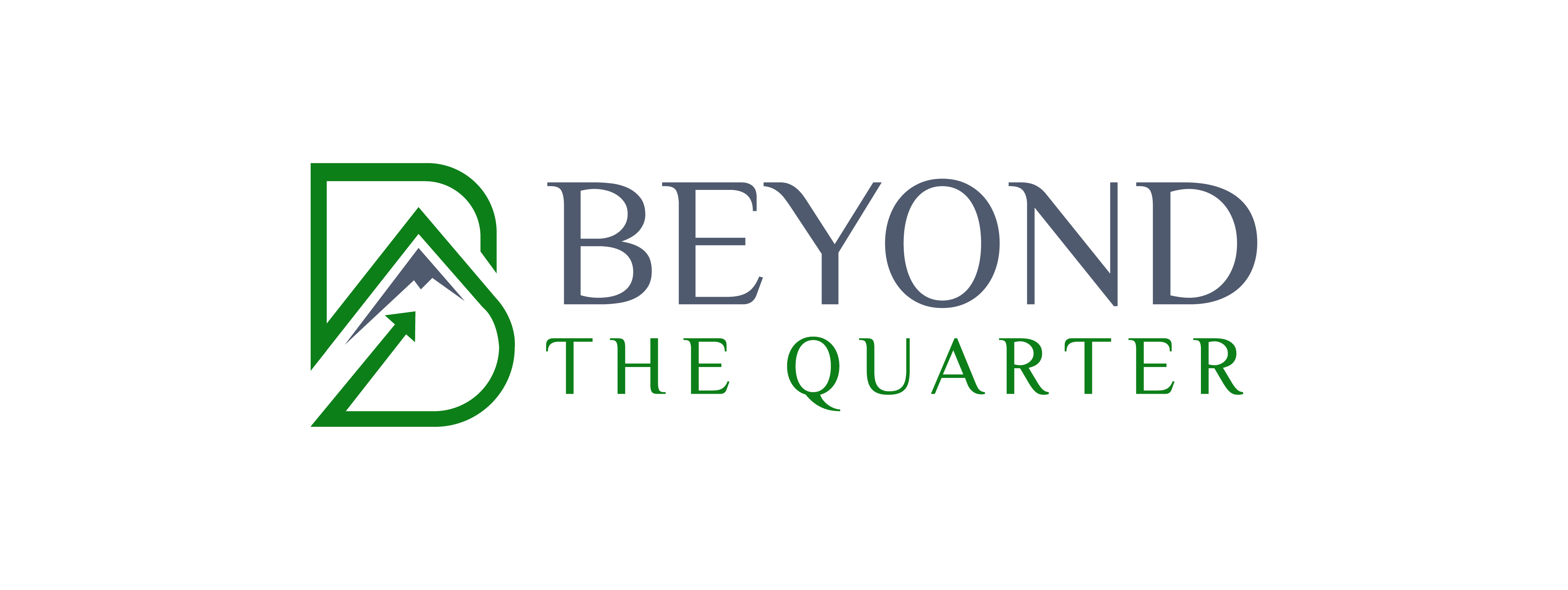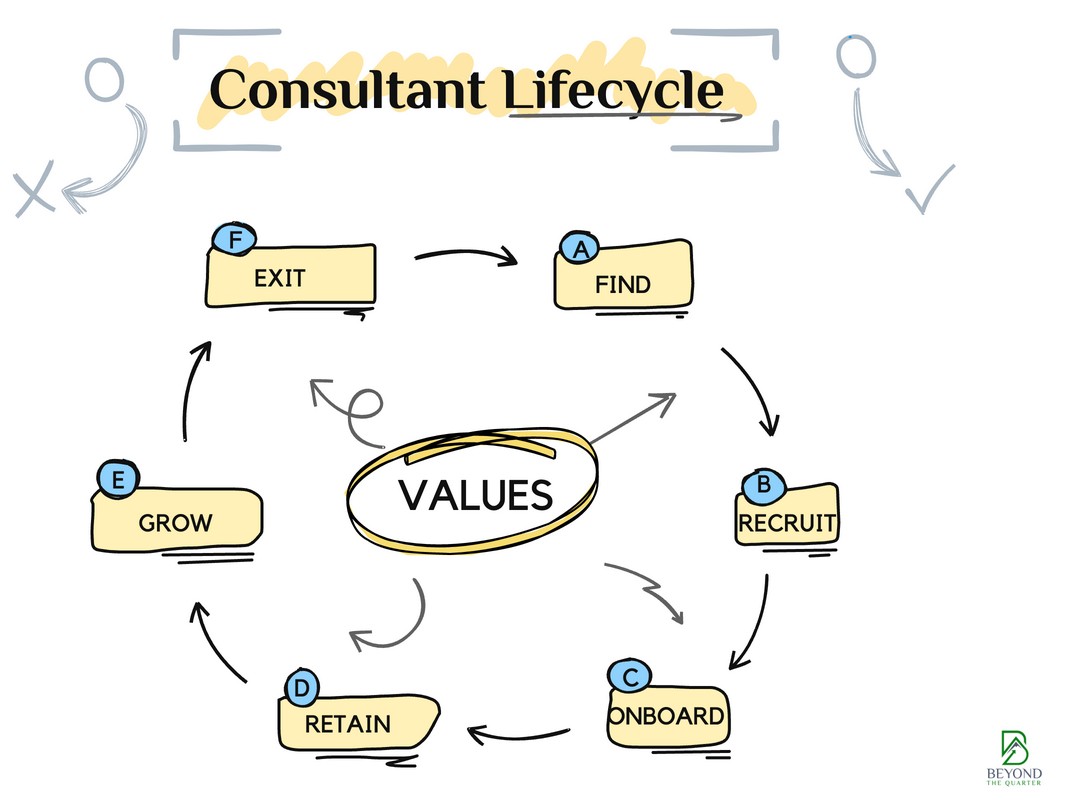Not because salaries were too high, but because the team was walking out the door.
After my first company was acquired, I took on a team that had 40% staff turnover. Meaning nearly half the team we had a year ago was no longer with us.
In consulting, simply recruiting to replace the team with no growth would be enough to make us bankrupt. Let alone the intellectual capital walking out the door.
And for me, the worst part was the feeling of impending doom in the team whenever you walked into the office. Everyone wondering who was next. A real feeling of a sinking ship.
Within a couple of years, that team had trebled in size, and had a turnover of 6%. Which was less than a third of the industry average. We’d become a destination employer, with the best in our area of expertise seeking us out, a national reputation for innovation and a bootful of awards.
What turned it round?
Team. Values. Culture.
………
LinkedIn is telling your employees not to be loyal to you. The argument goes like this.
You, as an employer, don’t care about your team. You care only about your bottom line. Employees are just a means to that end, and as soon as the numbers or faces don’t fit, then you’ll dispose of them like used napkins.
And so, the argument continues, if you don’t care about them, then they absolutely shouldn’t care about you.
It’s a race to the bottom, which feeds the less savoury parts of the recruitment industry and coaches selling life change. Which is not to say that recruiters and coaches are bad, but simply that a very vocal and not insignificant number peddle this argument as it helps their businesses.
It also is quite simply another example of the news media’s maxim that “bad news sells”. I will get a lot more likes telling employees that their companies don’t care about them than giving them instances where they do.
That all said, it is also not an argument without merit.
_At a macro scale._
There have been mass redundancies. Caused by Covid, or recessions, or automation, or globalisation. The numbers are large, and make headlines.
There is also the rise of the gig economy. Pseudo-employers, Uber or Deliveroo as highest profile, have famously demonstrated that they don’t care for their pseudo-employees beyond increasing company valuations.
And finally, any decreases in benefits or in investment in employees also get business headlines.
…..
What brings these two threads together?
That none of us are either the macro trend or the trends we inherit.
That looking after our teams is a choice – reducing investment or making redundancies doesn’t have to be our first choice when profits drop.
And apart from just being the right thing, that looking after our teams well can stave off that profitability drop. Sure – there are often bigger factors we can’t control, whether epidemics or redundancies or technology revolutions, but time and again, innovative employees have made the difference between companies that navigated stormy waters and those that drowned in them.
But we need to be systematic about it. Being a great gal/bloke helps a lot, but is nowhere near enough.
Creating a workplace that has employees beyond engaged takes values, leadership, and process. You need all three.
If you’re CEO, especially a founder CEO, everything emanates from your own values. This is where being a great gal/bloke counts. If you genuinely care about people, use that as the foundation to build a leadership team that demonstrates it in its behaviours, and embed it in your key processes so that your company is a fantastic place to be by design.
What does that mean?
….
When I took on the haemorrhaging team, I could see really quickly that the main issue people were leaving was because they didn’t think the company cared about them. Their careers were haphazard, comms were patchy, leadership distant.
I put in place what I called a “star generation system”. Crass, I know, but the philosophy behind it was that I wanted us to be a place where people had the opportunity to be stars, and where stars could thrive. And have fun and be human along the way.
I saw the biggest part of my role as being to create an environment where people could flourish. The lessons and impact of that experience formed much of my thinking since in terms of growing places where people want to be.
A leadership team that cares. A team that wants to flourish. Team.
Flourishing. Innovating. Being human. Values.
Can do. Autonomy to do. Have fun. Culture.
In the next 3 Newsletters I’ll be talking about how to get intentional about the consultants’ lifecycle (if you don’t employ consultants, most of this will still be relevant). I’ll go into the following stages:
– Find – creating a destination so that the best talent finds you instead of you having to search for them;
– Recruit – turning recruitment criteria upside down so you can select for fit and for the long term;
– Onboard – making them excited and taste your values before they join;
– Retain – how to keep it interesting and engaging, and build community;
– Grow – create environment for then to flourish;
– Part ways – making leaving a force for good.
First, we look at how to recruit people so they stay with you. Next week…
How we can support you
- Join us to support you as you scale your company; create time to focus on the bigger picture; and keep values and purpose at the core.
- Subscribe to our Bite-Sized Business Tips - thought snippets for values-centred business leaders. Every few days, a short focussed read on a specific topic of how to lead a company that values both profit and purpose.
- Talk to us to explore how we can help you scale your company in the direction you want to take it.

